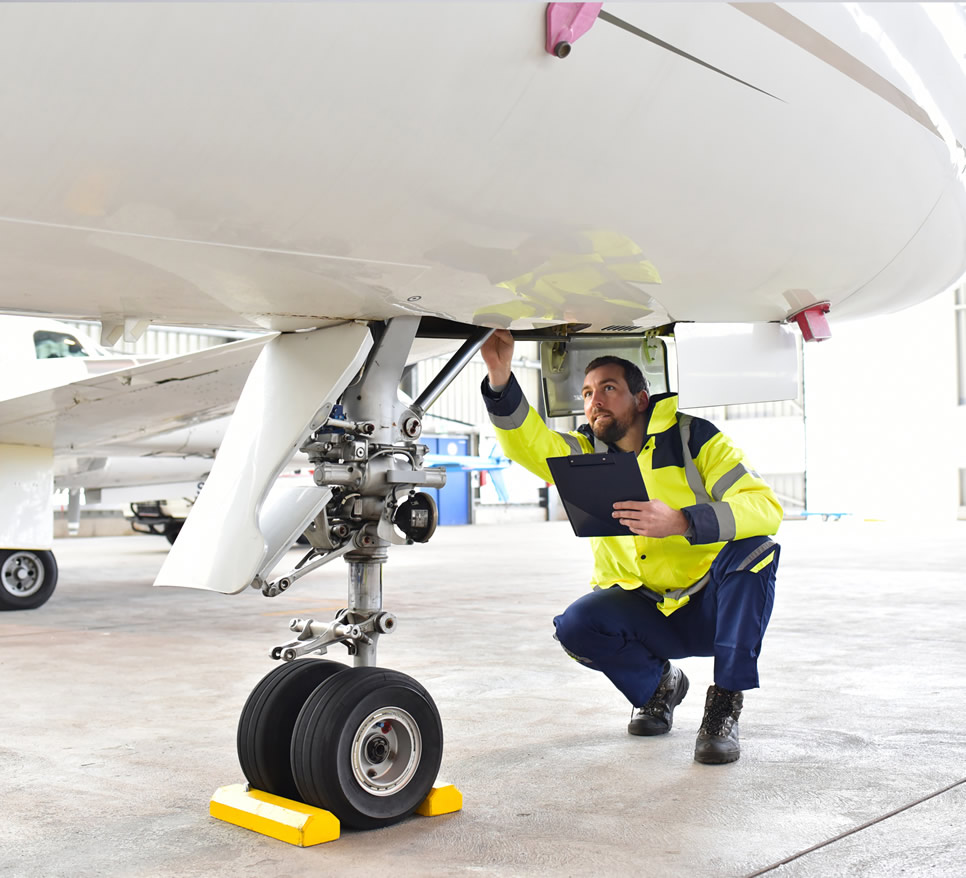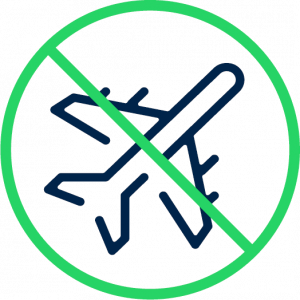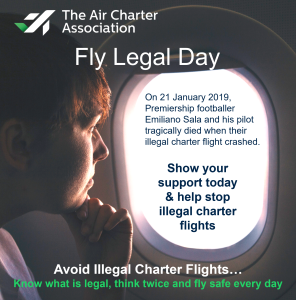Regulations & Compliance
The Air Charter Association supports our members by campaigning on key issues impacting the industry. We also work to ensure compliance to the highest standards that our members commit to follow.

Illegal Charter
For over 70 years The ACA has been actively educating both public and governments about the risks of illegal charters. However, these flights still regularly occur around the world, carrying increased risk to travellers, damaging the reputation of a very professional legal charter industry, and impacting businesses and careers.
Anyone chartering an aircraft should ensure they use a trusted, professional member of The Air Charter Association who are all committed to providing safe, legal flights.
What is an Illegal Charter?
An illegal charter is an unlicensed aircraft charter operation – the operator does not have an AOC (Air Operator Certificate); these are private aircraft so for any flights operated on such aircraft, there must legally be no payment.
Although uncommon, regrettably Illegal charters do occur, and it is a very dangerous practice.
Legitimate, licensed, regulated and fully legal commercial operators and pilots spend huge amounts of time and financial resource to minimise the risk involved in every commercial flight.
They are also subject to rigorous safety oversight by national authorities. They must adhere to a strict set of regulations including specific standards for aircraft maintenance, flight operations, ground operations, crew experience and training, and increased insurance, all of which protect the safety of passengers and crew.
This level of oversight and safety management is not present with private flights, and this is the reason that the distinction between private flights and commercial exists – to protect fare-paying passengers who expect the highest standards.
Fly Legal Day – 21 January
On 21 January 2019 the Premiership footballer Emiliano Sala and the pilot tragically lost their lives when the aircraft crashed into the English Channel. This was an illegal charter flight and raised global awareness of the issue, with media coverage of both the accident and the subsequent legal prosecution and trial.
In memory of this fatal accident and to continue our efforts to widen awareness and ultimately reduce illegal charter activity, we have designated 21 January “Fly Legal Day”.
The BBC has produced a nine part podcast series into why Emiliano Sala was on that plane. Download here.
On the anniversary of the accident, every year, we ask all our members and industry colleagues around the world to unite in spreading the word and to shine a light on this illicit practice, with the hope of preventing similar tragedies in the future.
Show your support and join us on Social Media on 21 January.
Resources
UK Licensed Air Carriers: Check List
EU Licensed Air Carriers: Check list
USA Licensed Air Carriers: Check List
UK Guidance: UK CAA – ‘Legal to Fly’
USA Guidance: www.avoidillegalcharter.com
How can you avoid an Illegal Charter?
Arranging business aviation / private aircraft travel may appear daunting but, providing you follow the correct guidance, it is simple and provides a secure and seamless experience. While the benefits of private flying are significant, it is important to be aware of how to book a flight safely and avoid inadvertently chartering illegally, and to book an aircraft that adheres to the strict regulations set by the authorities.
Our top five tips are:
- Use accredited members of The ACA to book and operate your flight
- Discuss the requirements with an accredited charter broker
- Check the operator’s licences: Air Operator Certificate (AOC), Certificate of Airworthiness and Insurance – don’t be afraid to ask for copies, they are readily available
- Check your pilot is correctly qualified
- Trust your instincts – if it sounds too good…
Almost anyone can put together a convincing website or app these days. An impressive online presence does not necessarily mean the operator or intermediary is legitimate and, in a hurry to get a flight arranged, it is easy to book with someone whose website makes credible-sounding claims and then fails to deliver or does not carry out thorough due diligence against illegal charters and fraud.
There are many increased risks of flying on an illegal charter, as not only will it likely void the operator’s insurance cover but, it could also invalidate the passenger’s life assurance.
Please also be on your guard, at all times, and verify bank details on the telephone before making new payment transfers, to ensure communications haven’t been intercepted and bank details changed.
If in doubt, please get in touch, and to find an accredited member see our Directory
Why are we so concerned about illegal charter?
The reason we have strong views on illegal charters is very simple – they do not have the layers of safety, security, risk assessment and compliance management that legal charter operators put into their flights. We are an industry that sets out to absolutely minimise risk and protect travellers.
Illegal charters significantly increase the risk to passengers and tarnish the reputation of the professionals in our industry who operate within the law.
When a licensed air carrier’s flight takes off, every detail of the flight has been scrutinised by layers
of oversight; ensuring that the pilots are appropriately licensed and fully trained in normal and emergency procedures every six months and through auditing the services of third parties such as fuel companies and handling agents to ensure that the flight’s operation is carried out with the least risk possible. These steps take away all the commercial pressures from the flight and ground crew, so that they are solely focussed on the journey itself.
In an illegal charter, however, invariably all those processes are carried out by the pilot alone, with nobody checking their work.
What is Dry / Day Leasing?
Dry Leasing or Day Leasing, as it is often referred to for clarity, is the act of an owner (Lessor) leasing an aircraft without crew or fuel, to an individual or company (Lessee). This is not to be confused with the common and legal practice of Dry Leasing of aircraft by a leasing company or owner and a fully licensed operator / AOC holder. During the period of any such lease, the lessee becomes the operator of the aircraft and all responsibilities and accountabilities of being in control of that aircraft pass across to the lessee. In this case, the lessee is unaware of the extent of their obligations and often does not understand the true implications of the difference between a Day/Dry Lease and a charter using an aircraft operated on an AOC. An independent commercial pilot is hired under a separate contract, but generally from an approved list provided by the Owner/Lessor, at the same time as the Lease is signed.
Whilst technically legal, the Association is deeply concerned that the end-users of such arrangements may not be fully aware of the differences between flying on an aircraft which is commercially registered and operated by a licensed air carrier, and flying on one which is leased for a day, both in terms of safety and in terms of accountability.
When an aircraft is legally chartered, the responsibilities remain with the aircraft operator;
they undertake all the planning, safety, compliance and operational requirements.
When leased, the aircraft operator is the person leasing that aircraft and they are now ultimately responsible for planning, safety, compliance and operations – whilst these tasks can be delegated to the pilot they have hired, the accountability in the event of an accident or incident remains with the lessee. This could give rise to litigation and criminal charges in the event any shortcuts or illegalities have taken place.
And this really is where the Association’s concerns lie. As an industry we seek to protect the travelling public and minimise the, already very small, risks of flying. We believe that unless the lessee is fully aware of the different level of oversight that a day leased aircraft operates under and the full responsibility and accountability that being an operator involves, then it is unfair of aircraft owners to put them into that position and would simply recommend using a straightforward, competitive commercially licensed air carrier and aircraft for their flight requirements. Companies and individuals providing Day Leasing to non-commercial air transport operators are not accepted as Association members.
View our full position paper here





